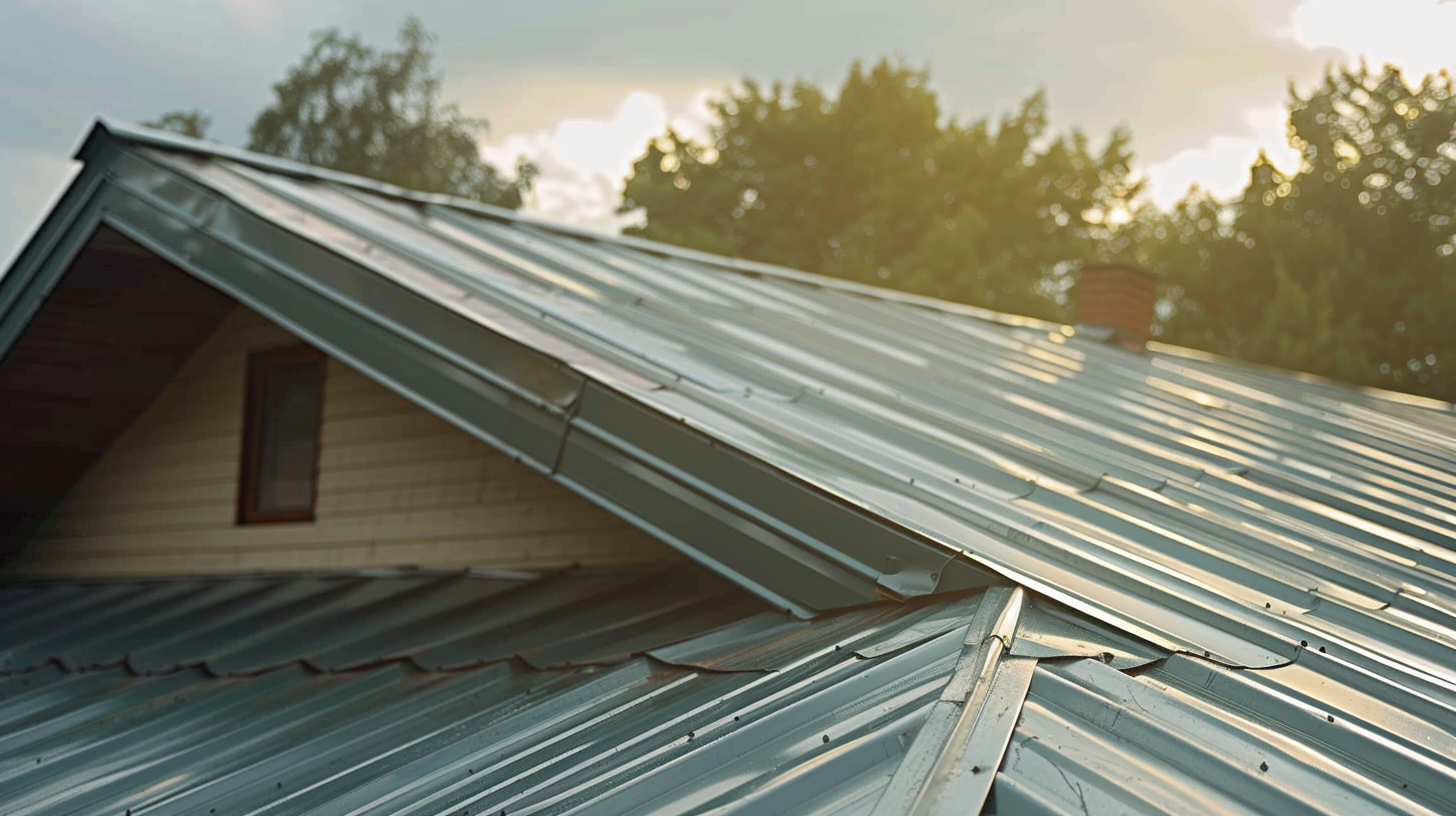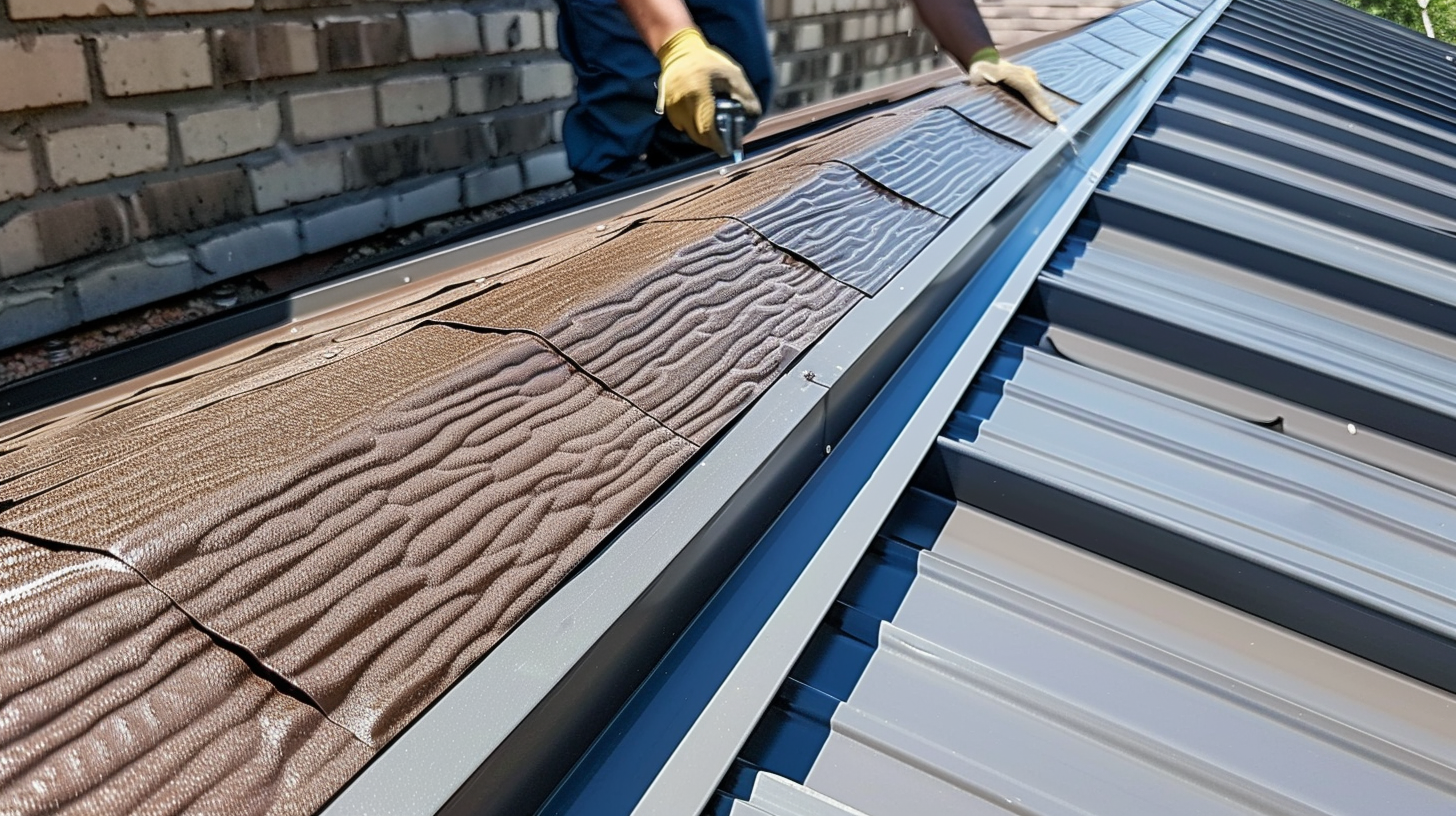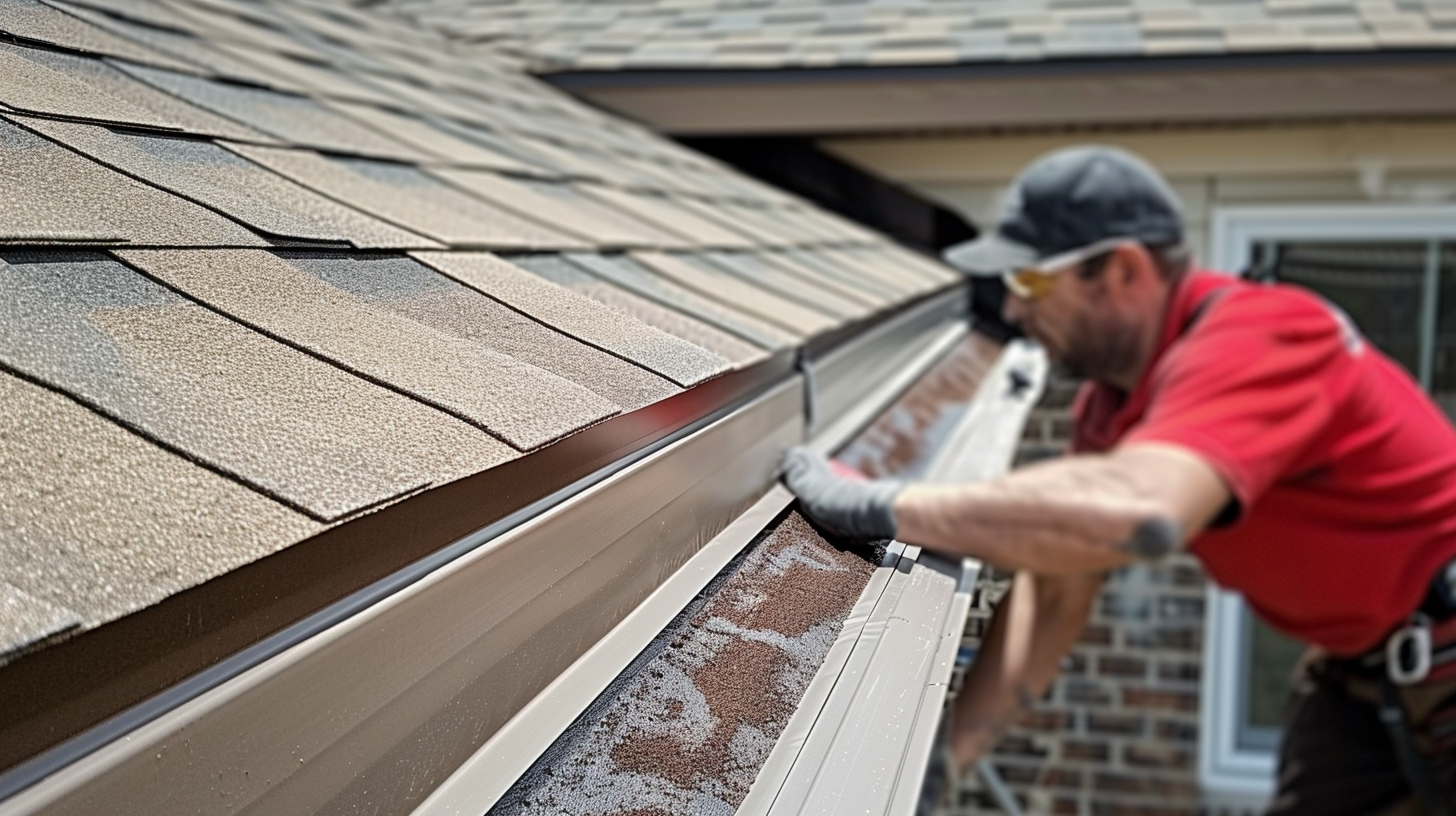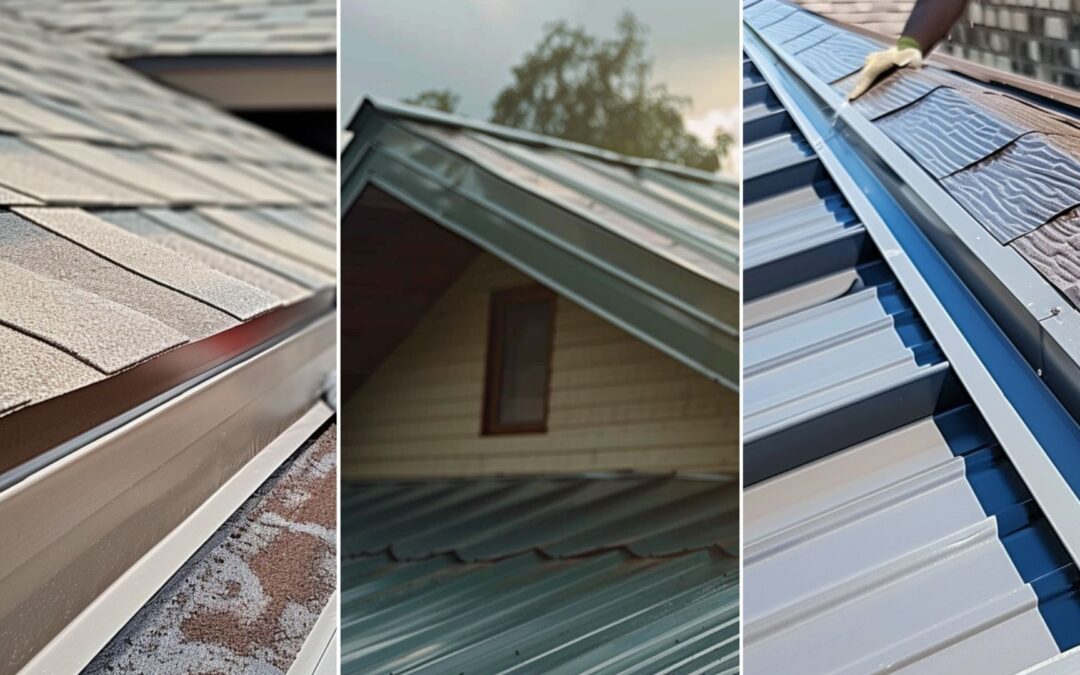Why Roof Flashing Matters
Roof flashing is made from galvanized steel, aluminum, or copper, ensuring durability and longevity. By effectively diverting water away from vulnerable areas and directing it to drainage systems, roof flashing plays a crucial role in maintaining a roof’s integrity and longevity, making it an essential element in any construction or remodeling project.

Roof Flashing - Importance of Roof Flashing - Sky Roofing Construction & Remodeling
Importance of Roof Flashing in Roofing Systems

Roof Flashing - Types of Roof Flashing - Sky Roofing Construction & Remodeling
Types of Roof Flashing
Whether it is chimney flashing, vent pipe flashing, step flashing, valley flashing, or a corner piece, each type ensures adequate water drainage and redirects moisture away from vulnerable areas. By using the correct type of roof flashing, homeowners and commercial building owners can enjoy a dry and leak-free roof, enhancing the overall integrity of their property. Understanding the different types of roof flashing available is crucial in selecting the most suitable option for each roofing project, ensuring the utmost protection for years.
Pipe Flashing
The advantages of rubber or silicone flashing for pipe flashing are also significant, as they provide better durability, longevity, and UV-reight resistance. However, proper installation and regular maintenance are essential to ensure effective waterproofing. By understanding the benefits and advantages of different types of pipe flashing, homeowners can make informed decisions to protect their roofs and prevent potential leaks and damages.
Counter Flashing
Valley Flashing

Roof Flashing - Common Types of Roof Flashing Materials - Sky Roofing Construction & Remodeling
Common Types of Roof Flashing Materials
1. Galvanized Steel Flashing: Galvanized steel flashing is one of the most commonly used materials in roof flashing. It consists of a thin sheet of steel coated with a layer of zinc to prevent rust and corrosion. This sturdy material is highly durable and can withstand extreme weather conditions. It is ideal for areas prone to heavy rain and can be easily shaped and bent to fit various roof configurations.
2. Aluminum Flashing: Aluminum flashing is another popular choice for roof flashing due to its lightweight and flexible nature. It offers excellent resistance against corrosion, making it suitable for coastal regions or areas exposed to saltwater. Aluminum flashing is easy to work with, making installation hassle-free. Additionally, it can be painted easily to match the roof’s color or blend with the surrounding aesthetic.
3. Copper Flashing: Copper flashing is renowned for its longevity and aesthetic appeal. While it may require a higher upfront investment, copper flashing is an excellent choice for long-term durability and weather resistance. This material develops a desirable patina over time, adding an elegant touch to the roofing structure. Moreover, copper flashing is highly malleable, allowing for intricate detailing and a precise fit.
4. Rubber Flashing: Rubber flashing, often made of EPDM (ethylene propylene diene terpolymer), provides an effective waterproofing solution. This type of flashing is commonly used around features like vents, chimneys, and skylights. Rubber flashing is resistant to extreme temperatures, UV rays, and chemical exposure, ensuring long-lasting protection for your roof. Its flexibility allows for easy installation and enhanced sealing capabilities.
Copper
Aluminum
These alloys find notable use in industries like roofing and construction, where aluminum’s durability and flexibility are highly valued. Aluminum is widely used in roofing flashing due to its ability to resist corrosion, withstand extreme weather conditions, and prevent leaks. In construction, aluminum alloys are preferred for their lightweight quality, facilitating easy installation without compromising structural integrity.
Lead
Installation Process of Roof Flashing
Installing roof flashing on flat roofs and roof penetrations, such as vents and chimneys, helps prevent costly roof repairs and extends the roof’s lifespan. Additionally, materials like sheet metal are commonly used for flashing due to their durability and effectiveness. Ensuring the flashing is correctly integrated with the roof decking and roof surface is essential to avoid the need for premature roof replacement. Understanding the importance of correctly installing roof flashing and the steps involved in the installation process is necessary to maintain the roofing system’s overall health.
Steps Involved in Installing Roof Flashing
For shingle roofs, especially asphalt shingle roofs, professional roofers must pay special attention to the flashing around fascia boards and drip edge flashing to ensure comprehensive waterproofing. Metal roof flashing must be meticulously installed to prevent improper flashing, which can lead to significant issues. For degree-angle roofs, ensuring the flashing is correctly aligned is vital.
Roofing contractors often use the step method for effective installation, particularly on commercial roofs, where commercial roof flashing is essential. Proper flashing installation is critical to protecting the roof investment and extending the roof’s lifespan. Regular annual roof maintenance can help identify potential issues with flashing before they necessitate costly repairs.
Ultimately, whether for residential or commercial applications, correctly installing roof flashing helps finish the roof and maintain its structural integrity. Following these installation procedures, roof flashing preserves the roof’s integrity and prevents water damage.
Secure Your Roof with Expert Roof Flashing Installation
Roof flashing is indispensable for maintaining a durable and leak-free roof. It is vital to ensure the proper installation and maintenance of roof flashing to protect your investment (https://skyroofingconstructiontx.com). Our professional roofers are ready to help you with all your roofing needs, ensuring your roof stands the test of time. For quality roofing installation and expert service, contact Sky Roofing Construction & Remodeling at (210) 942-9797.
Arthur McCain is a dedicated contributor to Sky Roofing Construction & Remodeling, focusing on the latest roofing materials and innovative construction techniques. With a background in architectural design, Arthur brings a deep understanding of how modern materials can enhance both the durability and aesthetic appeal of roofing projects. His articles offer readers cutting-edge insights into selecting the best materials for their homes.

